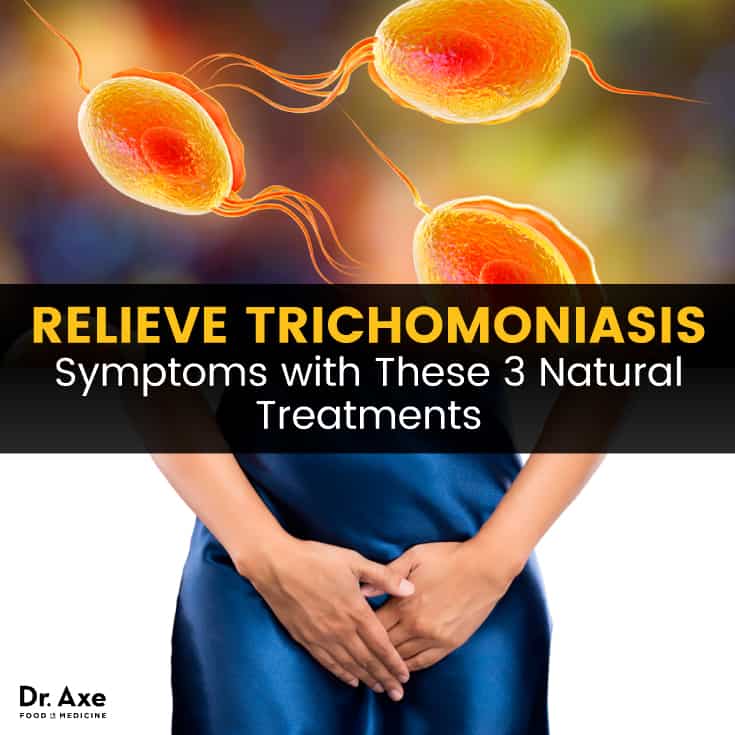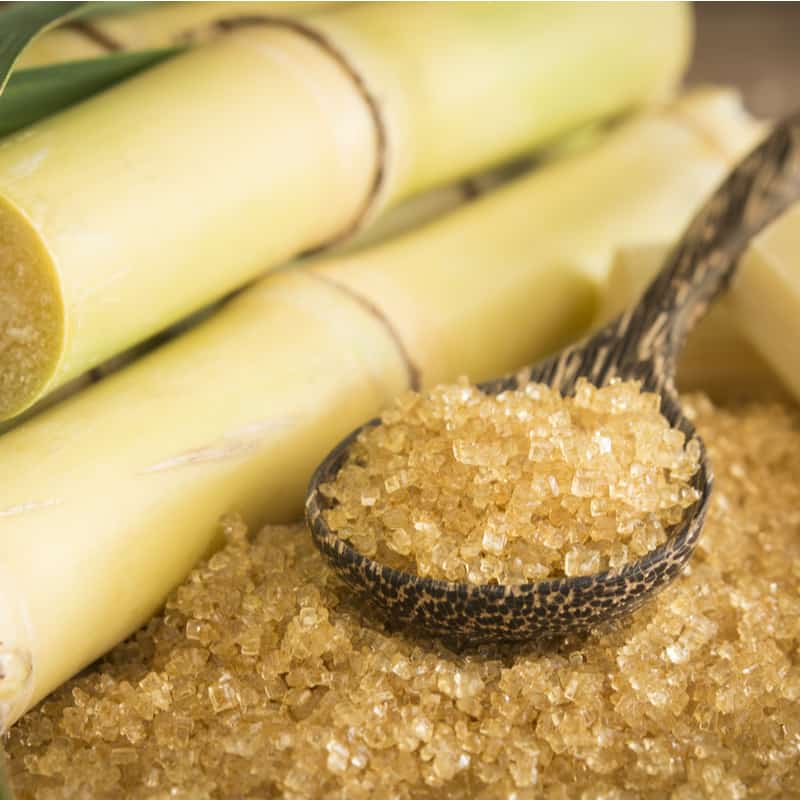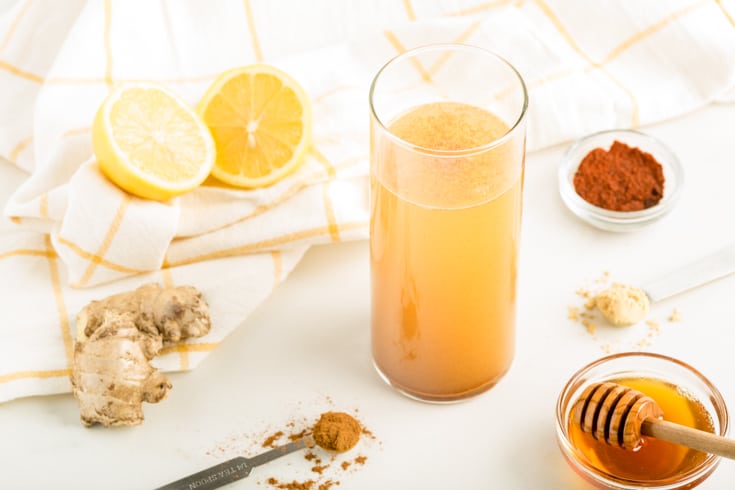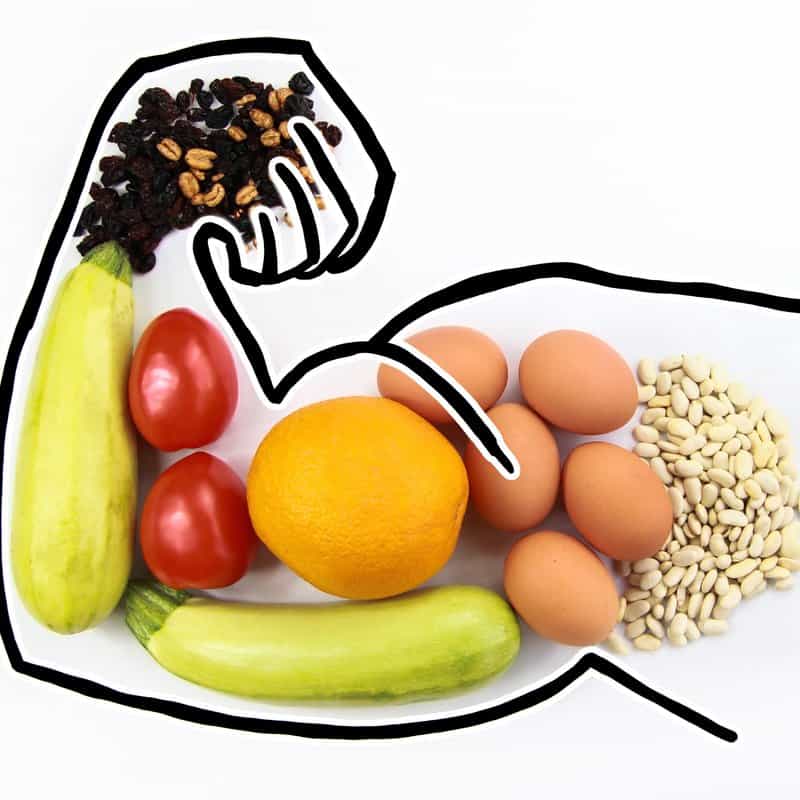This Dr. Axe content is medically reviewed or fact checked to ensure factually accurate information.
With strict editorial sourcing guidelines, we only link to academic research institutions, reputable media sites and, when research is available, medically peer-reviewed studies. Note that the numbers in parentheses (1, 2, etc.) are clickable links to these studies.
The information in our articles is NOT intended to replace a one-on-one relationship with a qualified health care professional and is not intended as medical advice.
This article is based on scientific evidence, written by experts and fact checked by our trained editorial staff. Note that the numbers in parentheses (1, 2, etc.) are clickable links to medically peer-reviewed studies.
Our team includes licensed nutritionists and dietitians, certified health education specialists, as well as certified strength and conditioning specialists, personal trainers and corrective exercise specialists. Our team aims to be not only thorough with its research, but also objective and unbiased.
The information in our articles is NOT intended to replace a one-on-one relationship with a qualified health care professional and is not intended as medical advice.
Relieve Trichomoniasis Symptoms with 3+ Natural Treatments
July 28, 2017

Trichomoniasis is one of the most common sexually transmitted diseases (STD) in the world. It is sometimes referred to simply as “trich.” Although it can cause very uncomfortable symptoms, it’s believed that up to 70 percent of people with trichomoniasis do not have any symptoms. (1) In fact, most people with trichomoniasis do not even know they are infected. The infection is caused by a parasite called Trichomonas vaginalis when it affects humans, although different strains also affect cows, pigeons and other animals.
Thankfully, trichomoniasis is curable. And although trichomoniasis is a less well-known STD than other sexually transmitted infections, it can still be very serious. If left untreated, it can lead to changes in the cervix in women. This may increase the risk of preterm delivery in pregnant women as well as the risk of low birth weight for their babies. (2) Some studies also suggest that trichomoniasis is related to cervical cancer risk, pelvic inflammatory disease and infertility risk. (3) It can also make it easier to get HIV or to pass HIV to a partner. (4)
If you are sexually active or think you may have an STD, trichomoniasis included, you and your partner should get tested — even if he or she does not have symptoms.
What Is Trichomoniasis? Is Trichomoniasis an STD?
Trichomoniasis is indeed an STD. And luckily for those who are infected, trichomoniasis is curable. According to the CDC, about 3.7 million people in the U.S. have trichomoniasis, making it the most common curable STD in the nation. (5) It is also considered the most common non-viral STD in the world. The World Health Organization (WHO) estimates that 276 million cases of trichomoniasis happen each year around the world, and that 187 million people have the STD at any given point in time. (6)
How do you get trichomoniasis?
This infection spreads through sexual contact, either between a man and a woman or between two women. In women, trichomoniasis most commonly infects the vulva, vagina or urethra. Trichomoniasis in men is most often found inside the penis (in the urethra). It does not affect other body parts, since the parasite cannot survive in places such as the mouth and anus. (7) Trichomoniasis is very unlikely to pass between two men.
In some cases, your body can fight off trichomoniasis without treatment within a few weeks or months. But in most cases, a complete trichomoniasis cure requires medical treatment. And since you can have trichomoniasis without having any symptoms of it, it’s best to be tested again after you treat it to be sure the infection is gone.
Trichomoniasis Symptoms
Symptoms of trichomoniasis appear 5 to 28 days after getting infected. (8) It is not known why some people get trichomoniasis symptoms and others don’t, but when they occur they can range from mild to severe. The symptoms can come and go or be fairly constant.
Trichomoniasis symptoms in women include:
- Itching, burning, red or sore genitals (vulva, labia, vagina)
- Itching of the inner thighs
- Discomfort when urinating (peeing)
- New or unusual vaginal discharge (trichomoniasis discharge can be clear, white, yellow or green)
- Vaginal odor, often described as a “fishy” smell
- Discomfort or pain during sex
Trichomoniasis in women may cause symptoms that are easily confused with a yeast infection or chlamydia. That’s why an accurate diagnosis from a clinic or health professional is highly recommended before you attempt to treat your symptoms.
Trichomoniasis symptoms in men include:
- Itching or irritation inside the penis
- Pain or burning after urinating or ejaculating
- Discharge from the penis
Even if you do not have any symptoms, you should seek trichomoniasis treatment if you or your partner has been diagnosed.
Risk Factors
Anyone who is sexually active can get trichomoniasis, but you are most at risk if you are a woman between the ages of 16 and 35. (9) African American women in the United States are almost 10 times as likely to have the infection as white or Mexican American women. (10) Trichomoniasis also affects men, but trichomoniasis symptoms in men are less common.
Other risk factors include:
- Unprotected sex
- Misuse of condoms
- Multiple sex partners
- Having sex with someone else who is infected or who does not practice safe sex
- Having had trichomoniasis in the past
Consider getting tested if you have any of these risk factors for trichomoniasis, and encourage your partner or partners to do the same.

Conventional Treatment
Trichomoniasis causes many unpleasant and even dangerous symptoms or complications if left untreated. In most cases, it can be cured with a single dose of antibiotics that fight the parasite.
What types of antibiotics treat trichomoniasis?
Metronidazole or tinidazole antibiotic pills are usually prescribed to treat trichomoniasis. Some people may be infected with trichomoniasis that becomes resistant to the antibiotics or may be allergic to one of the antibiotics. (11). In these cases, the alternate medication or a combination of the therapies may be prescribed.
However, since these two drugs are the only conventional therapies for trichomoniasis, sexual health advocates are pushing for natural therapies and new pharmaceutical options to be developed.
How long does it take to get rid of trichomoniasis?
Both metronidazole and tinidazole antibiotics are given as a single dose. One pill by mouth is all that is needed to cure trichomoniasis in most cases. However, the medication will take time to work and it is recommended that you avoid sexual contact for about 7 days after taking the pill, or at least until your symptoms completely disappear. If you are being treated for trichomoniasis, your partner should be treated as well so that you do not get reinfected.
Pay attention to any discomfort or symptoms of trichomoniasis that you may have over the next few months, since as many as one in every five people who are treated for trichomoniasis get reinfected within the next three months. There is no limit to the number of times you can be infected, so practicing safe sex and following the treatment advice above is key to staying trichomoniasis-free!
3 (or More!) Natural Treatments
There are several promising natural treatments for trichomoniasis, but none that have been thoroughly studied in humans yet. Compared to other STDs, trichomoniasis is under-studied and the best doses of natural treatment options are not well described in the medical literature. If you’d like to give some of the contenders a try before a treatment regimen is researched, however, here are the top candidates for natural trichomoniasis treatments:
1. Pomegranate juice. In a small clinical study, women given pomegranate juice experienced a complete cure of their trichomoniasis. When they were checked again two months later, they were still trichomoniasis-free. This is likely due to the anti-parasitic effect that pomegranate extract has been shown to have both in lab and live studies. (12).
2. Myrrh. In another study, two capsules of myrrh (Commiphora molmol) for 6 to 8 days were given to women with trichomoniasis every morning. The women took the pills two hours before breakfast, on an empty stomach. According to the study, results were promising. This is likely because myrrh also fights trichomoniasis parasites in lab studies. (13)
3. Zinc sulfate douche. In a small group of women with trichomoniasis that was resistant to conventional drugs (which means this is not considered a first-line treatment!), a 1 percent zinc sulfate solution was used as a vaginal douche. It was effective in nearly every patient who was given the douche. (14)
Although the researchers do not know why the treatment worked, the women had negative follow-up tests for trichomoniasis and also had no more symptoms. It is not clear whether zinc sulfate supplements would have a similar effect.
Many other natural plant extracts show promise because of anti-trichomoniasis activity in early research. The most interesting plant-derived options tend to include polyphenolic compounds (15), alkaloids, isoflavonoid glucosides, oils, lipids, saponins and sesquiterpene lactones. (16) These plants or extracts have been shown to kill the trichomoniasis parasite fairly well in studies on cells (not in actual humans yet, in most cases):
- Ginger extract. Research shows that ginger ethanol extract effectively killed trichomoniasis cells in the lab (17), and it’s well known for its impact on a wide range of other health concerns.
- Resveratrol. Because it has antiparasitic properties, resveratrol is now being explored for its potential role in the development of new anti-trichomoniasis drugs. (18) Bonus: it’s found in red wine and may contribute to good heart health!
- Avocado. Its antiparasitic activity in lab research is promising, which may confirm traditional medicinal uses of the avocado skin in Mexico and Peru to treat intestinal parasites and even cancer of the labia. (19)
- Basil is also a contender in early laboratory studies of natural trichomoniasis treatments. (20) There are many health uses for basil, and it’s easy and delicious to incorporate into your diet as an earthy and fresh punch of flavor.
- Verbascum thapsus (common mullein) was also identified as a promising potential trichomoniasis therapy. (21) Believed to fight infection and inflammation, mullein may have properties that can help your body mount its own defense against an STD.
- Tomato is in very early in its life cycle of research as an anti-trichomoniasis therapy (22), but it is another anti-inflammatory powerhouse. Tomatoes are easy way to incorporate a nutritious, healthful boost into your daily diet regardless of where the science eventually falls on its anti-trichomoniasis potential.
- Nigella sativa (black cumin) oil shows promising activity against trichomoniasis in the lab as well. (23) Also known as “black seed” oil, these tiny black seeds produce oil that is a potent anti-infectious natural remedy.
- Manilkara rufula flavonoid and tannin extracts are relatively new to western natural medicine, but may be a very promising alternative to conventional medicinal treatment of trichomoniasis. (24, 25)
Natural therapies that help boost your immune system may help your body fight the infection. You may also be able to treat some of the symptoms of trichomoniasis, such as vaginal itching or pain, with natural therapies like witch hazel sprays or pads. Witch hazel is frequently used after childbirth to ease pain and swelling with its cooling effect.
Precautions
If you have trichomoniasis and undergo treatment, take care to avoid intercourse for at least a week. It is also recommended that if you have trichomoniasis, you should have your partner seek treatment at the same time — otherwise you can reinfect each other. Get tested any time you have trichomoniasis symptoms, since you can get it multiple times (and many people do). Even if it doesn’t turn out to be trichomoniasis, you will learn the cause of your discomfort, pain or discharge and be better able to take care of your sexual health.
If you are treated with antibiotics for trichomoniasis, avoid alcohol for 24–48 hours after taking the pill, since the combination can cause nausea, vomiting and abdominal pain. If you need antibiotics, tell your doctor or healthcare provider about any natural therapies you may also be using so that he or she can let you know if they may interact with your antibiotics.
Do not attempt to self-diagnose, even by matching your symptoms to the list or by looking at trichomoniasis pictures. Because trichomoniasis can have the same symptoms as other STDs or genital infections, wait for a formal diagnosis before using trichomoniasis-focused natural therapies.
Final Thoughts
Trichomoniasis is like the redheaded stepchild of STDs. It is under-researched and under-funded, despite the fact that it is one of the most common nonviral STDs in the world.
Although researchers, public health agencies and activist groups are starting to take notice, there is much to be done in terms of finding new treatments for trichomoniasis and in educating people about its prevention, symptoms, risks and treatments. In most cases, it requires antibiotics for treatment. However, as trichomoniasis infections become resistant to antibiotics, natural therapies will become increasingly important in its treatment.
Thankfully, a remarkable number of natural plant compounds appear to have strong anti-trichomoniasis effects. While researchers continue searching for the best options — and how to use them — several natural therapies may help your body fight trichomoniasis or ease its symptoms. Add those to the bevy of natural remedies for boosting your immune system and fighting infections, and you’ve got a host of options on hand should this STD come knocking.
Read Next: 4 Natural Treatments for Genital Herpes








